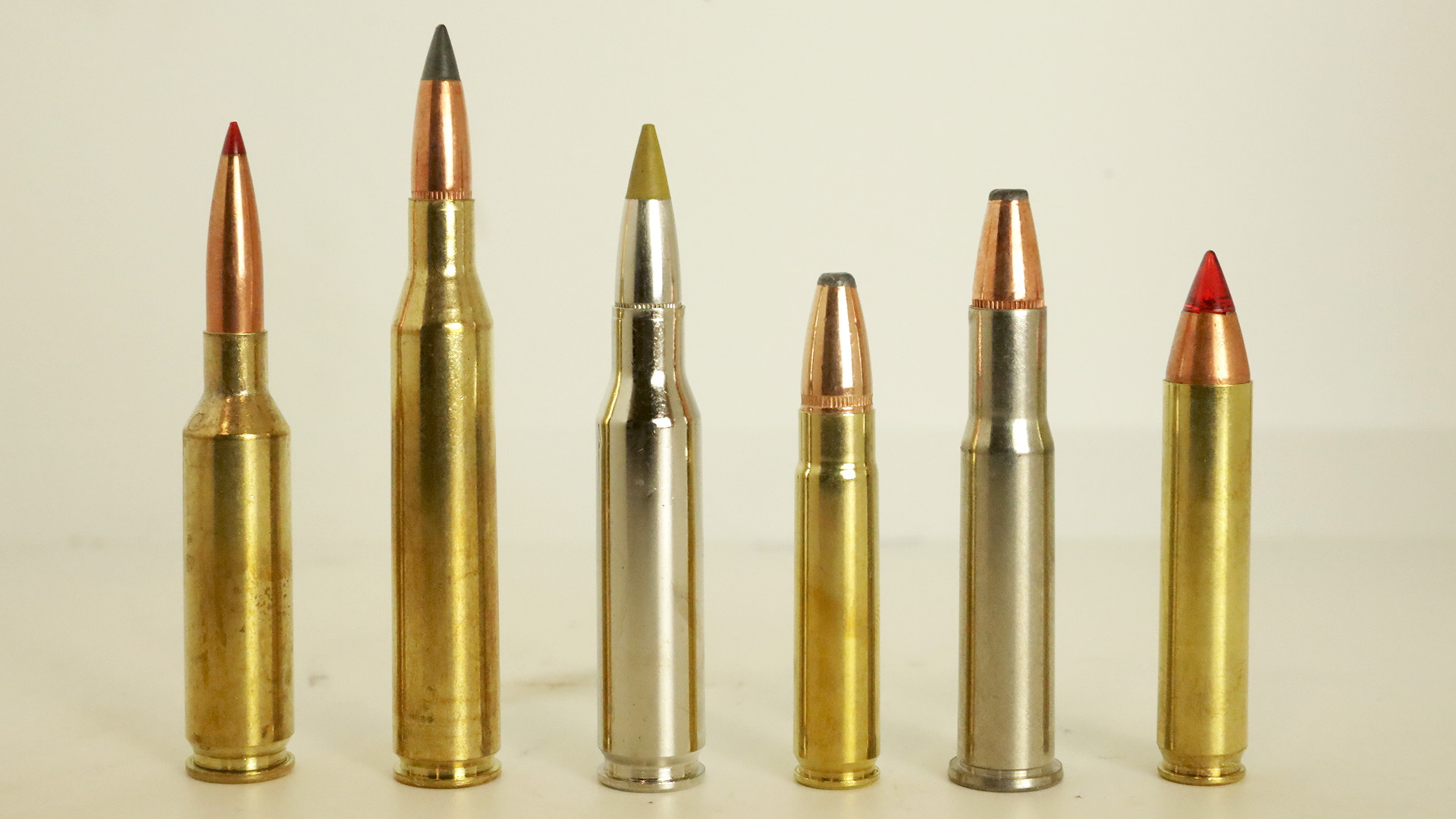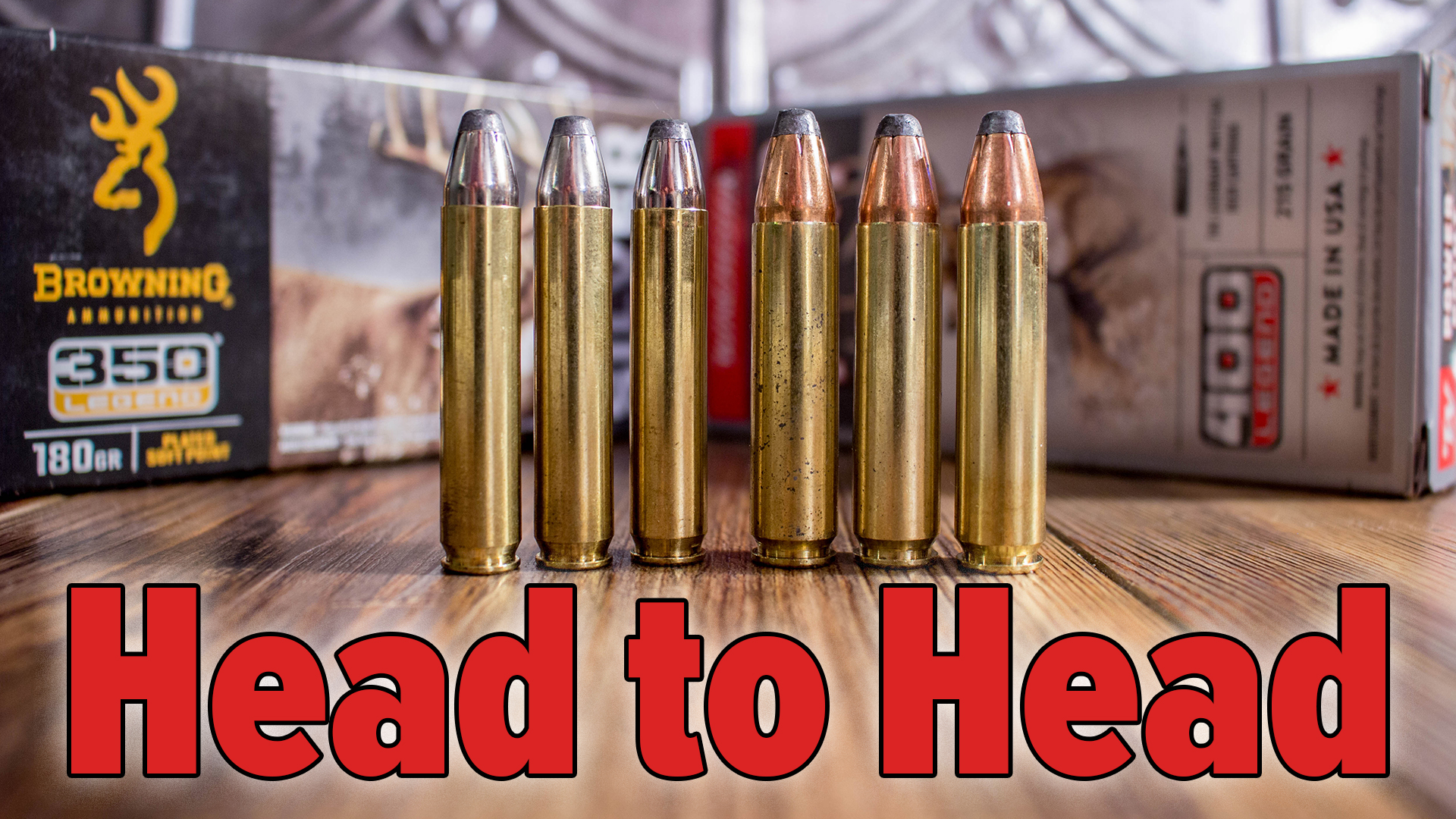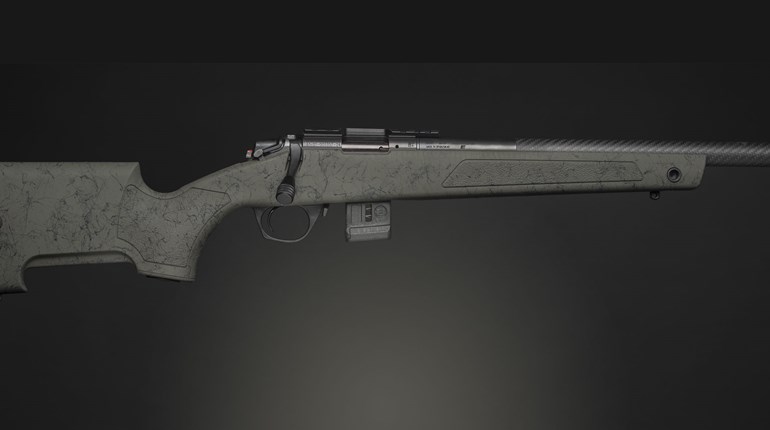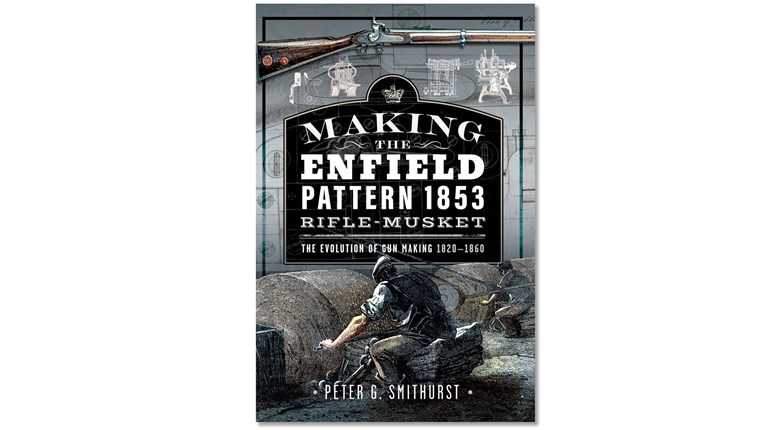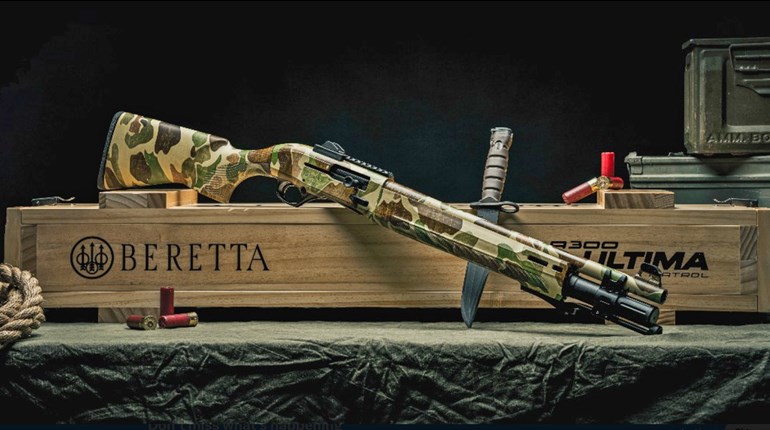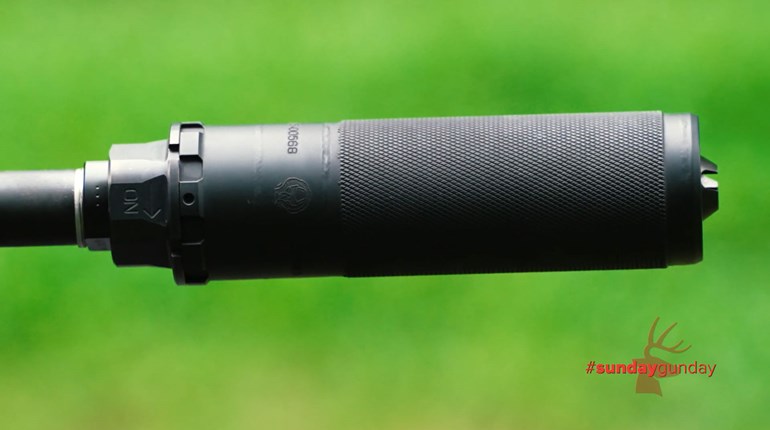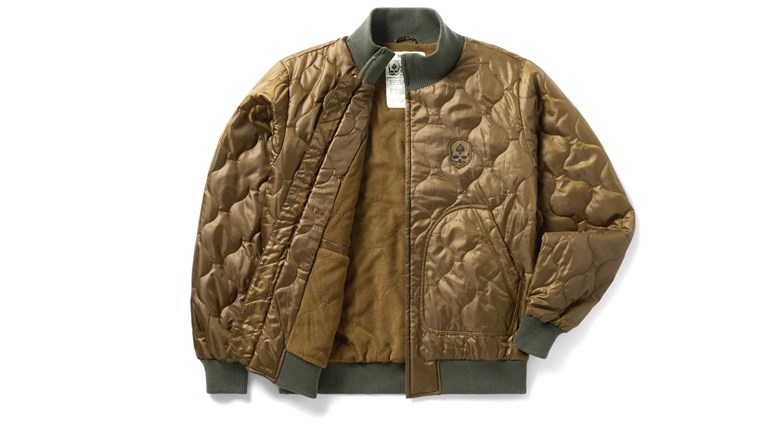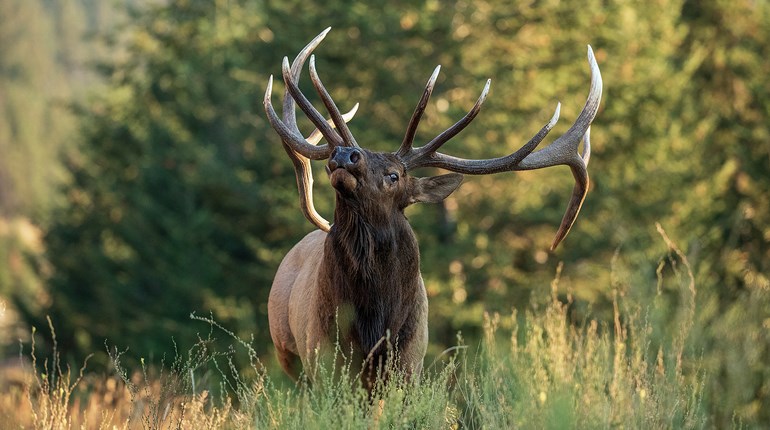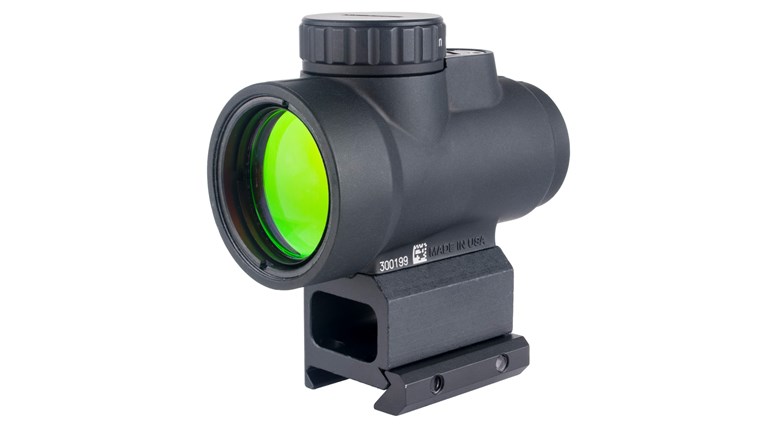
The reign of print magazines is slowly sinking to obsolescence and with that ends the era of the gun writer. The profession rose to prominence after the introduction of sporting periodicals like Outing Magazine introduced in 1882, Field & Steam in 1895, Sports Afield in 1887, Outdoor Life in 1898 and The Rifle (later to become American Rifleman) in 1885.

As print dies and the electronic world takes over, we will still have people writing about guns, but it will never be the same. They are “content providers” not gun writers. Skinny jeans and lattes in mom’s basement are not the same as Elmer Keith developing super-hot .44 Special ammo as a prelude to the .44 Magnum. In today’s lawyer-infested society, we are barely allowed to write about experimental things like wildcat cartridges, let alone blow up guns in pursuit of a better way. Everything will become bland, homogenized and boring as the ’net takes over.
Innovation comes from passion, not the boardroom, and it was those passionate, curious men, driven to experiment and develop better guns and cartridges, who drove the firearm industry through most of the 20thcentury. They wrote about their creations, and the practice often inspired enough interest that sooner or later some gun or ammo company picked up the cartridge. The facts are that without gun writers we would not have many of the great cartridges we enjoy today.
The current generation of gun writers is likely the last of the breed. I mourn the loss, both as a writer and as a reader with a passion for guns. This industry will never be the same and the wonder of the gun world will slowly dissipate into white noise and product placement. My guess is that it won’t be long before shooting content ends up on OnlyFans.
Dawn of the Gun Writer
The profession of gun writer started as we entered the 20th century and some writers were developing a following. Names such as Charles Newton, Charles Askins Sr., Ned Roberts and Adolph Toepperwein were becoming recognized stars in the field of writing about guns and hunting. The star that shone brightest, though, was Townsend Whelen (1877-1961).
Called “Townie” by his friends, if there was ever a Renaissance man in this field it was Whelen. He hunted extensively, including trips deep into the British Columbia wilderness for months at a time. One trip resulted in one of my favorite outdoor stories, “Red Letter Days in British Columbia,” published in 1906. He did many extensive camping and hunting trips deep into the wilderness in North America and South America and developed camping techniques still used today—including the Whelen shelter, for example. Whelen was a reloader, gunsmith and a competitive shooter of the highest level. He had a long career in the U.S. Army, where he rose to the rank of colonel.
But more than anything else, he was a writer. Whelen wrote 55 books and thousands of magazine articles on guns, hunting and the outdoors. Even today, with the advent of computers to make the work easier and faster, nobody has exceeded his book output.
 Townsend Whelen in the early 20th century made many forays into the backcountry of North America and South America in search of adventure.
Townsend Whelen in the early 20th century made many forays into the backcountry of North America and South America in search of adventure.
Whelen was, as my grandfather called them, an “ordnance man.” Many of the early gun writers were. Whelen worked with the Army in small arms and shooting and he trained countless troops in the art of rifle shooting. Whelen helped in the development of the .30-06, perhaps the greatest rifle cartridge of all time. Oddly enough he also had a part in developing the .22 Hornet.
Whelen spanned the transition from black powder to smokeless powder. His famous hunting rifle, one he used on many adventures, is an 1895 Winchester in .40-72, the larger of the two initial blackpowder cartridges offered in the rifle. The Army still used Springfield .45-70 blackpowder rifles when he started shooting for them. He noted that with handloaded ammo the Springfield shot “fairly well at 800 yards. However, it was not good at all at 1,000 yards.” It seems the bullet drop was so steep that even a very small miscalculation in distance caused it to go over or under the target.
Whelen shot the .30-40 Krag extensively while training troops and in competition. While he was a Krag fan, when the .30-06 came along he didn’t look back. He recognized the huge ballistic advantage of the modern cartridge. As he famously said, “The .30-06 is never a mistake.” In my never humble opinion, it still isn’t.
Over the years Whelen was a contributing editor to Sports Afield, American Rifleman, Field and Stream, Outdoor Life, Guns & Ammo and other magazines. He edited and wrote the introduction to WDM Bell’s autobiography Bell of Africa and arranged an American publisher.
 Whelen wrote 55 books and was a contributing editor to numerous gun and hunting magazines, not the least of which was Arms and the Man, “The Official Organ of the National Rifle Association” in 1920 and the precursor of American Rifleman.
Whelen wrote 55 books and was a contributing editor to numerous gun and hunting magazines, not the least of which was Arms and the Man, “The Official Organ of the National Rifle Association” in 1920 and the precursor of American Rifleman.
One description of Whelen’s shooting ability I see most often is worth repeating here: “He could reportedly hit a man-sized target at 200 yards using the bolt action, open-sighted M1903 Springfield .30-06 service rifle, scoring six hits in ten seconds flat, and could do it on command.” This was one of the drills he used to train his team for competition shooting. He would spend hours dry-firing as well as shooting, and my guess is that 10 seconds was a par time and he was even faster.
How good was he? Whelen competed in a 20-shot, 1,000-yard match at Camp Perry in 1909. He scored 99 out of 100 with a military rifle and ammo and iron sights. Just imagine what he could do with today’s long-range rifles!
He won second place in a rifle match near St. Louis at 83 years old. He had moved there to live with his daughter after he broke his hip and his wife died. It was there that Townsend Whelen passed away.
He liked to “snap shoot” as he called it; he said that was why he was so good at shooting game. It was very unusual when he took more than one shot to kill any big game—well, except for one amusing story about shooting a big grizzly spot-on with his new .30-30 and seeing it run away. He hit it twice more as it left, but it didn’t even slow down. It turns out his rifle was loaded with light-bullet, reduced loads designed for shooting grouse and small game. The bullet likely barely penetrated the hide. It’s a mistake Whelen never repeated.
It’s not well known, but Whelen also was an avid handgun shooter.
Namesake Cartridge
Today’s hunters recognize his name attached to the .35 Whelen. His actual involvement in the development of the cartridge is the subject of many late-night campfire discussions. Accounts vary on how the cartridge was created, even accounts from Whelen himself.
What we know is that while he was commanding officer of Frankford Arsenal in the early 1920s he became friends with the machine shop foreman, James Howe. You have heard of the famous gunmakers Griffin and Howe? Yeah, that guy. My guess is Whelen developed the concept and the ammo while Howe did the machine work for rifles and reloading dies.
 As a gun writer, gunsmith and hunter the author loves the .35 Whelen. His Remington 7600 in .35 Whelen is the deadliest deer tracker he owns.
As a gun writer, gunsmith and hunter the author loves the .35 Whelen. His Remington 7600 in .35 Whelen is the deadliest deer tracker he owns.
They created at least one other cartridge, the .400 Whelen, in the same style, but the .35 Whelen is the one that caught magic. It was billed as the “Poor Man’s Magnum” by many writers as it would fit in the less expensive (at the time) standard-length actions. The .35 Whelen was very successful until modern belted magnums arrived in the late 1950s.
Remington made the .35 Whelen an honest cartridge by bringing it to SAAMI in 1988. It has had its ups and downs over the years since. Right now, it’s hugely popular in the Northeast with deer hunters and it’s finding a place for hunting in most of the world. The .35 Whelen is currently enjoying an “up” cycle and several ammo makers have added it to their lines in recent years. It’s one of my favorite cartridges as I have used it on deer, bears, moose, hogs and a bunch of lesser game. One of several .35 Whelen rifles in my safe, a customized Remington 7600 pump-action rifle, is the deadliest deer tracking rifle I have ever owned.
Someday in History
After Whelen retired from the Army at 59, he wanted a place, “Where we can spend long summers. Where there are woods and wildlife and rushing trout brooks and mountain views.” He settled in the Green Mountains of Vermont on 200 acres surrounding an old farmhouse built in 1790. He called it Someday.
At Someday he entered a new phase in his life of daily shooting, writing, handloading, experimenting, building and roaming the hills. He called it “working in the gloaming.”
He added a large post-and-beam living room to the house that today would be called his man cave (a term that somehow I don’t think would win his approval). It served as his trophy room and library. He built a small cabin on the property where he could write in solitude and of course he built a 200-yard shooting range.
 The Colonel’s Room and the mounts in it, all part of Whelen’s estate, Someday, are today preserved by Vermonter Scott Adams.
The Colonel’s Room and the mounts in it, all part of Whelen’s estate, Someday, are today preserved by Vermonter Scott Adams.
As a lifelong gun guy and Vermonter, I knew he lived here, but not much more. The exact location was a well-kept secret. Like most gun guys, I always wondered what the place was like.
Then Scott Adams called me with a problem. He had a custom .35 Whelen built on a Ruger American platform, but the magazine would not work with the thicker-necked Whelen cartridge, and the gunsmith who built the gun ghosted him.
Even though the Browning engineer told me it wasn’t possible, I had re-barreled a few Browning X-Bolt rifles to .35 Whelen, and in doing so developed a technique to modify the gun’s plastic magazine for use with the cartridge. A local gun shop sent Scott to me to see if I could make his rifle work, and of course I knew X-Bolt magazines are very similar to those in the Ruger American. When Scott picked up his rifle, we naturally started talking about the .35 Whelen. It turns out he has another rifle on a Mauser action that Col. Whelen himself had likely owned and perhaps even built.
“I am the caretaker of his old place, if you ever want to have a tour,” Scott said. It took me about a millisecond to say “yes.” It took a while longer to put it together, but in a few months I was standing in Whelen’s old living room looking at the mounts of game he had taken all over the world.
 Vermont caretaker of the Whelen estate Scott Adams owns a Mauser in .35 Whelen that the famous gun writer likely owned, and perhaps built.
Vermont caretaker of the Whelen estate Scott Adams owns a Mauser in .35 Whelen that the famous gun writer likely owned, and perhaps built.
I never met Whelen of course, I was only 6 years old when he died. But it was a bit intimidating to stand in his living room, knowing how he paved the way for the life I have lived. He experienced the glory days of gun writers. Today, some will tell you those glory days fell one or two generations later, when new guns and cartridges were introduced with regularity and when the gun companies plied writers with hunting trips around the world, but they are wrong. As a true gun guy, Whelen lived in the most wonderful times. He hunted extensively in unmapped wild country, something that is all but impossible today. He also lived through one of the most important advancements in firearms, the change from black powder to smokeless powder.
Smokeless powder didn’t corrode the firearm like shooting black powder would, but even more importantly it allowed bullets to go much faster and that changed everything. Whelen was a witness as the development occurred. He started with blackpowder cartridges including the .45-70 and was front and center with the change to the .30-40 Krag, our first smokeless powder cartridge. His career lasted until the days of belted magnums, which spans perhaps the greatest era of new-cartridge introductions in history. His last published story was about using the “new” 6mm cartridges on big game, something unheard of in his youth.
All this was flying around my head as I walked around his living room, which has been left pretty much untouched in deference to Whelen. In fact, the current owners call it “The Colonel’s Room.”
I looked at the aging mounts—moose, whitetail, mule deer, mountain caribou, mountain goat and multiple sheep heads—with the awe of a kid at Disneyland. I was thinking I had probably read accounts of how many of them were taken in the old books and magazines I have in my library. I wondered whether the bighorn sheep over the fireplace was the same one he described in “Red Letter Days in British Columbia.” It fits the description. Is the goat from that same story? He shot straight up at the goat and it nearly crushed him as it crashed, just 2 feet from him, onto the narrow shelf where he was standing. Until I learn otherwise I’ll believe these are the same trophies I have read about dozens of times.
 The Colonel's Room is pictured in Whelen’s autobiography, Mr. Rifleman. The opening photo on p. 44 graced the book’s cover.
The Colonel's Room is pictured in Whelen’s autobiography, Mr. Rifleman. The opening photo on p. 44 graced the book’s cover.
As a kid, I read these and other adventures late into the night and longed to hunt the northern Rockies, deep down believing I never would. But I have, many times, along with much of the rest of the world. I thank Whelen for planting the seed that became my life.
This is gun guy history, “my” history, it’s sacred ground and I was a bit overwhelmed. I suppose it’s like a golfer who first steps on the spot of land in Scotland where the game was invented. Although I see golf courses as a waste of land that could be good shooting ranges, I understand passion and history.
The little cabin where Whelen did his writing is now used to store lawn tools and is all but a shambles. His shooting range is so grown-up that shooting there would be impossible. It would be anyway, as too many neighbors now live in the Green Mountains and most are not favorable to shooting. His range would never be allowed today. There was only a small, barely standing, lean-to left to mark the spot.
Suddenly, it was sad to stand there on this historic shooting range. I could see my welcome was about worn out, so I said my goodbyes and walked back to my truck, and a deep melancholy infiltrated my mood as I drove home.
I remember a quote from a movie: “Our national sport, gentlemen, is shooting and always will be.” That quote is factual, and it reminds me that in Whelen’s day shooting was indeed the national pastime in America. That fact is tamped down and hidden today, but it’s true.
Every sport has its historical superstar. Baseball has Babe Ruth, football has Jim Thorpe, boxing has Jack Dempsey and shooting has Col. Townsend Whelen. Their time may have passed, but their legend is secure.


